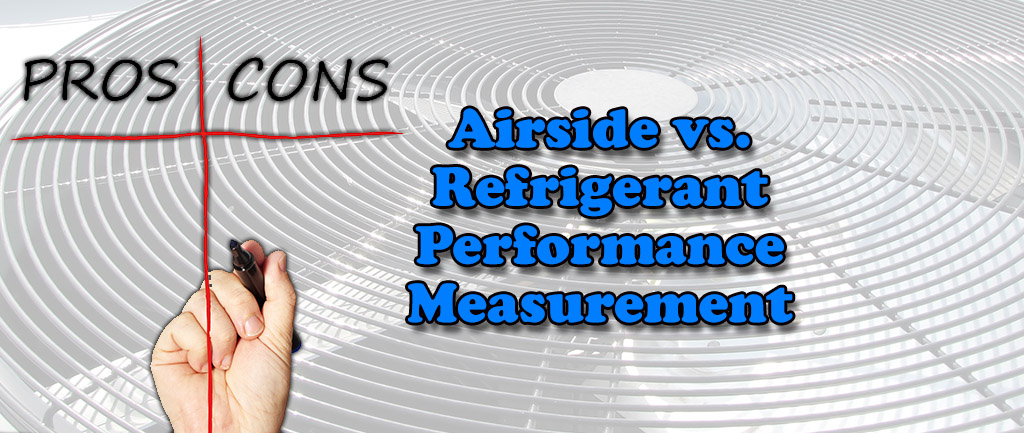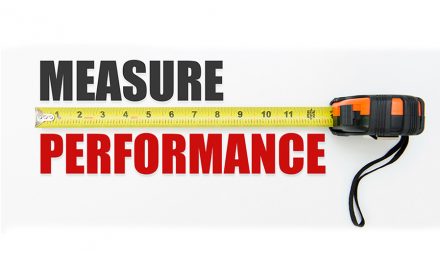
Rob Falke is the president of National Comfort Institute
When it comes to performance measurement of air conditioning systems, most master technicians gravitate to one of two measurement approaches: the airside or the refrigerant side.
On one hand, refrigeration experts will challenge anyone who questions pressure and temperature measurements of the refrigerant circuit. These experts believe refrigerant temperature and pressure are the only legitimate ways to determine equipment performance.
On the other hand, an experienced ‘airhead’ will defend his belief that airflow, pressure, and temperature testing verify superior performance every time.
So, who’s right? Remember, both are fluids, both transfer heat, and both are essential to air conditioning system performance. The truth is he who masters both the airside and refrigeration system will prevail every time when it comes to measuring system performance. Let’s take a look at each method and consider the best of both worlds.
Refrigerant Performance Measurement
Utility and government programs have focused on refrigerant measurement instruments leading diagnostics and performance into the 21st century.
These instruments calculate super-heat and sub-cooling values based on various refrigerants. They also provide troubleshooting options that would take experienced technicians years to master. Equipment performance calculations and essential tables are built into the software.

Refrigeration experts and “airheads” both think their methods for doing measurements are the only way to go.
However, without proper airflow over the indoor coil being verified, current refrigeration tables provide little help. Also, unless data is available from the manufacturer matching current indoor and outdoor conditions, interpretations of refrigerant test numbers remain questionable. People debate heatedly as to whether these instruments accurately determine airflow through the equipment.
The primary concern: the refrigerant circuit applies only to equipment. Duct system losses outside the equipment are invisible from this approach.
Airside Performance Measurement
Airside measurements, including airflow, pressure, and temperature, can effectively help interpret system performance and efficiency. If you apply these measurements to industry established formulas, they open new diagnostic doors. They also provide efficiency solutions that you wouldn’t find any other way.
One sure win for airheads is that airside measurements look beyond the equipment. They account for the performance of the entire installed system, not just the operation of the box. The idea that equipment efficiency is the definitive measurement of energy savings should have died years ago.
On the other hand, looking only at airflow measurements, like refrigerant readings alone, can lead you down the wrong path. Airflow measurements provide an incomplete efficiency picture without temperature measurements.
Code compliance attempts to force pieces of efficiency together by applying disjointed test methods and slivers of engineering practices to create efficiency ratings.
High Tech Solutions for Low Tech Problems
Jim Brown, of Mountain Home Arkansas, once taught me that using high tech solutions to solve low tech problems is weak.
One risk of solutions gained using high-end technology: we assume manufacturers can lead us to the best solution every time. The best solution is to have all the high-tech tools and know how to use them. You also need the knowledge and wisdom, gained through experience, to bring the entire system and its performance into a single efficiency rating.
One weakness in our industry today is that code compliance is attempting to force pieces of efficiency together by applying disjointed test methods and slivers of engineering practices to create efficiency ratings for consumers.
The good news is we’re fortunate to have a test method that sees the entire system and its performance.
After years of progress in measuring the performance of HVAC systems, it seems we are just beginning to see the value of a single system rating number that assures all factors are considered when declaring the installed efficiency of an HVAC system.
The answer for air conditioning systems is to use both airside and refrigerant side measurements to maximize system performance.













Recent Comments